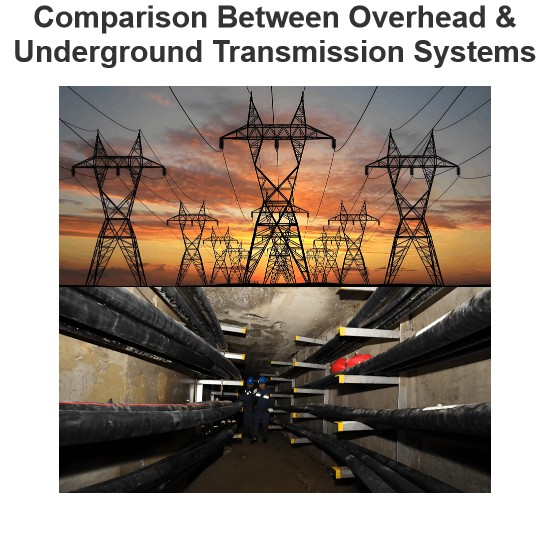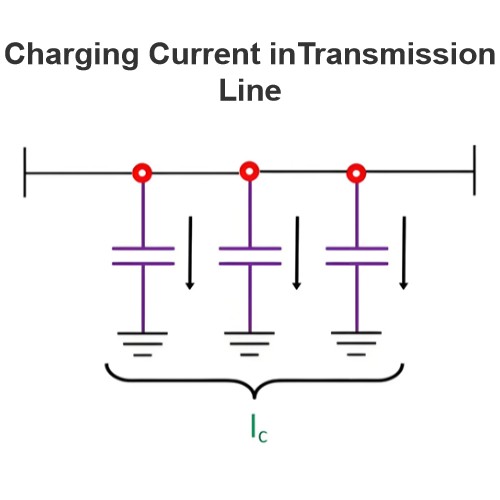What causes a high voltage power line to spark when it touches the ground?
When high-voltage power lines come into contact with the ground, sparks are generated primarily due to the discharge phenomenon caused by the potential difference. Here is a detailed explanation:
Potential Difference
High-voltage power lines typically carry thousands of volts or even higher. The ground is considered a reference point with zero potential. When a high-voltage power line comes into contact with the ground or another grounded object, a significant potential difference (voltage difference) between them leads to a rapid flow of current through the air or another medium from the power line to the ground.
Discharge Phenomenon
Breakdown of Air: Under normal conditions, air acts as an insulator. However, when the electric field strength is sufficiently high, the molecules in the air become ionized, forming conductive channels—this process is known as "air breakdown." When a high-voltage power line touches the ground, the potential difference is enough to ionize the air molecules, thus creating a conductive path.
Arc Formation: Once the air breaks down, an arc is formed. An arc is a strong current passing through a gaseous medium, accompanied by the release of light and heat, which is what we observe as sparks.
Physical Process
Ionization: The high voltage causes gas molecules in the air to lose electrons, forming positively charged ions.
Establishment of Conductive Path: As the degree of ionization increases, conductivity in the localized area improves, forming a path through which current can flow.
Arc Discharge: As current passes through this path, a large amount of heat is generated, further ionizing the air and forming a bright arc.
Safety Hazards
When high-voltage power lines come into contact with the ground, they not only produce sparks but also release a significant amount of energy, posing dangers. This phenomenon can lead to fires, explosions, and even injuries or fatalities, making it crucial in electrical engineering to ensure the safe isolation of high-voltage lines.
Preventive Measures
To avoid the dangers associated with sparks produced when high-voltage power lines touch the ground, power companies typically implement various measures to ensure the safety of transmission lines, such as regular inspections, enhanced insulation measures, and setting up warning signs.
In summary, the fundamental reason for sparks when high-voltage power lines contact the ground is the discharge caused by a significant potential difference leading to air breakdown and arc formation. This process involves the release of energy, presenting a potential threat to the surrounding environment.
The Electricity Encyclopedia is dedicated to accelerating the dissemination and application of electricity knowledge and adding impetus to the development and innovation of the electricity industry.













